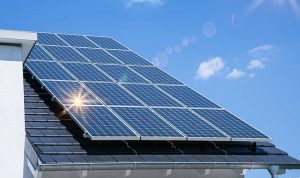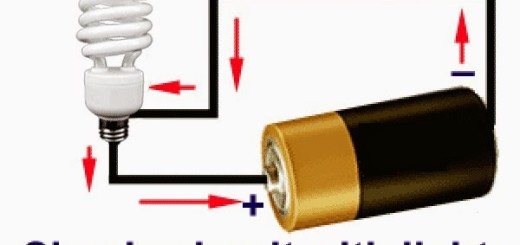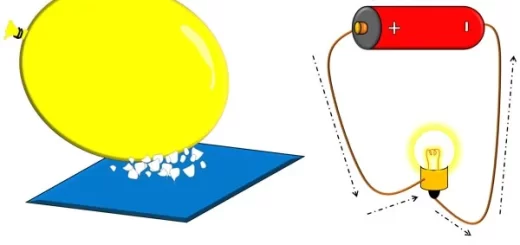The importance and uses of solar cells (photovoltaic cell)
The solar cells or the photovoltaic cells are the electrical devices that convert the energy of sunlight into the electricity by the photovoltaic effect which is the ability of matter to emit the electrons when a light is shone on it. The photovoltaic solar cells are thin silicon disks that convert the sunlight into the electricity, and these disks act as energy sources for a wide variety of uses.
The solar cells
The solar cells produce electricity by converting the photons of light into the electrons, the solar cells are used to power anything from the small electronics such as the calculators and the road signs up to the homes, the satellites, the military applications, and the large commercial businesses.
The solar cells convert the sun’s energy into the electricity, They are building blocks of photovoltaic modules, They are known as the solar panels, Photovoltaic (PV) devices generate the electricity directly from sunlight via an electronic process that occurs naturally in certain types of material that called the semiconductors.
The electrons in these materials are freed by the solar energy and they can be induced to travel through an electrical circuit, They can power the electrical devices or send the electricity to the grid, the solar cells produce the direct current (DC) which is converted to alternating current (A-C) by using the inverter.
The photovoltaic (PV) cells absorb the light to generate the electron-hole pairs and excitons, they separate the charge carriers of opposite types, and they separate the extraction of those carriers to an external circuit, All types of PV systems are widely used today in a variety of applications.
The PV technology types are thin-film PV which is less efficient but it is often cheaper than c-Si modules, and concentrating PV which uses the lenses and the mirrors to reflect concentrated solar energy onto the cells, in addition to crystalline silicon (c-Si).
The silicon atoms are arranged together, and there are two different types of silicon that are created which are n-type (which has spare electrons), and p-type (which is missing electrons), and they leave holes in their place.
When the n-type silicon’s spare electrons jump over to fill the gaps in the p-type silicon, the n-type silicon becomes positively charged, and the charge of p-type silicon is negatively charged, they create an electric field across the cell, As silicon is a semi-conductor, So, it can act as an insulator, and it can maintain this imbalance.
The modern solar cells are made from crystalline silicon or thin-film semiconductor material, the silicon cells are more efficient at converting the sunlight to the electricity but they have higher manufacturing costs.
Thin-film materials have lower efficiencies but they can be simpler and less costly to manufacture, A specialized category of solar cells that called the multi-junction or tandem cells are used in the applications which require very low weight and very high efficiencies such as the satellites and the military applications.
The solar panels are the collections of solar cells, Many small solar cells spread over a large area can work together to provide enough power to be useful, the spacecraft are usually designed with the solar panels that can always be pointed at the Sun as the rest of the body of the spacecraft moves around.
The solar cells are the photovoltaic irrespective of whether the source is sunlight or artificial light, They are used as a photodetector (for example infrared detectors), They detect the light or other electromagnetic radiation near the visible range or They measure the light intensity.
The solar cells are used in the calculators and other small devices, the telecommunications, the rooftop panels on individual houses, and they are used for lighting, they are used in medical refrigeration for the villages in the developing countries, the solar cells in the form of large arrays are used to power the satellites and they are used to provide the electricity for the power plants.
Electrical current, Potential difference, Electric resistance and Ohm’s law




